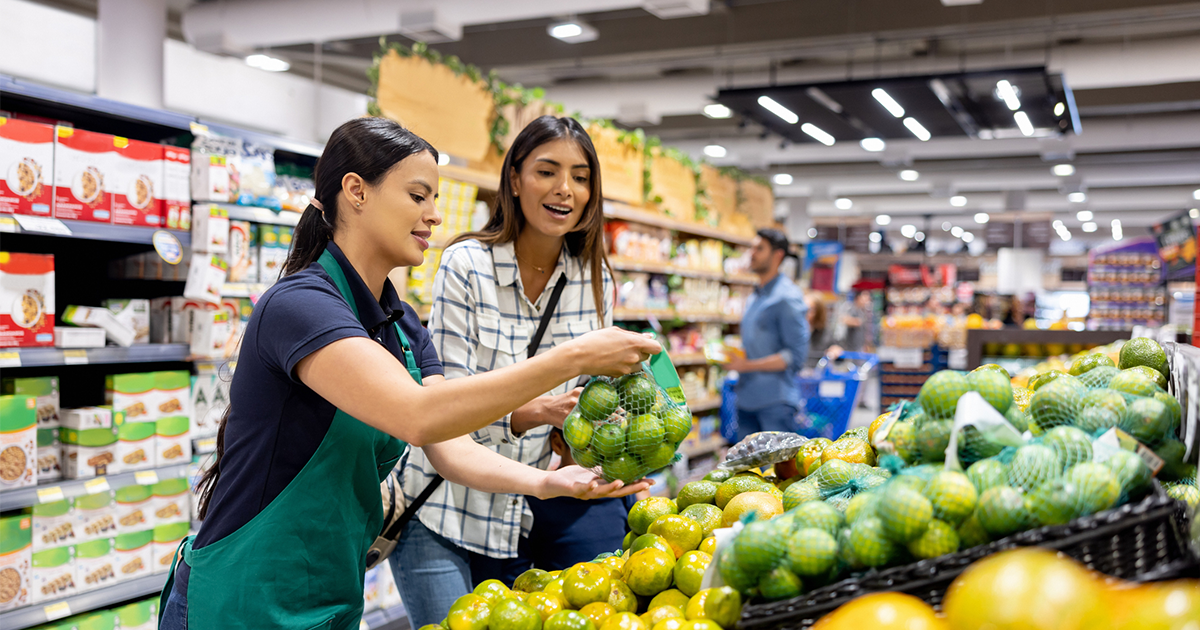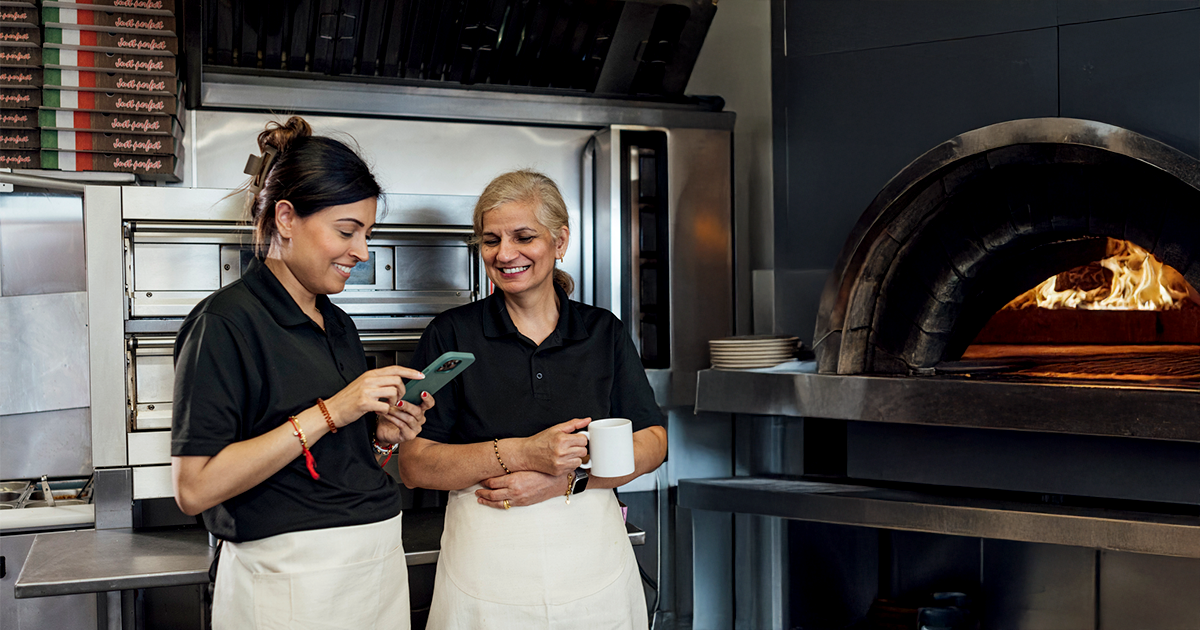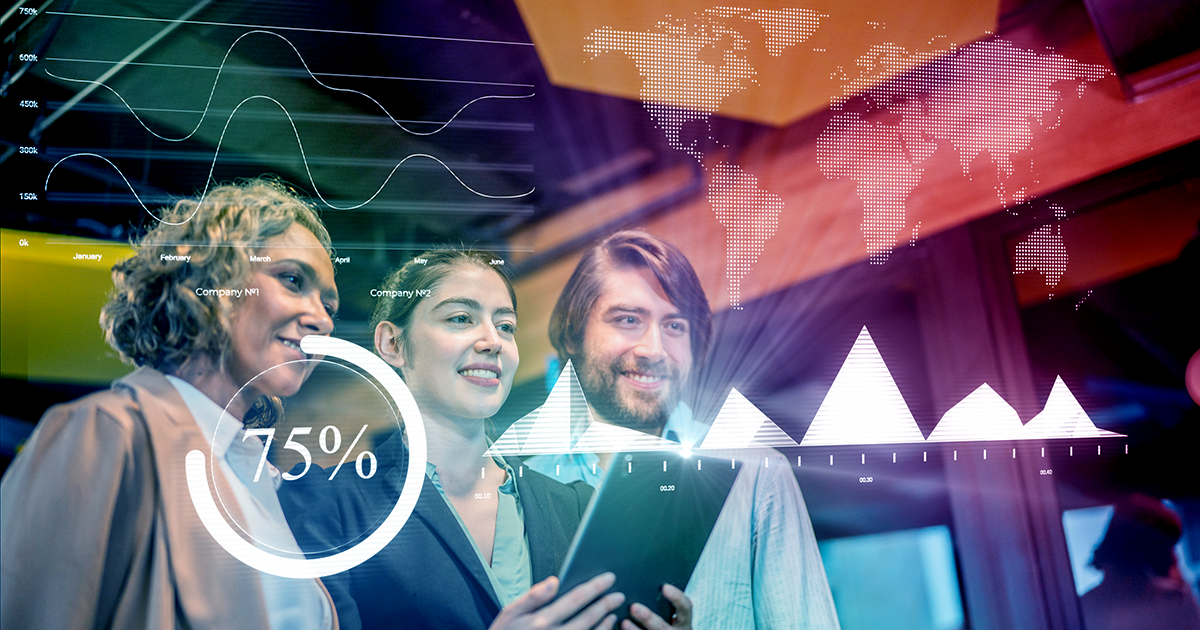
Which XM tools support real-time experience management?
Discover the experience management tools that make real-time insight and action achievable, from alerts and analytics to communities and human support.

Your frontline is your superpower. Here’s how to unlock it.
Frontline employees carry your brand every day, yet many feel overlooked and unheard. Learn how empowering them with trust, training, and meaningful feedback channels creates better customer experiences and stronger business outcomes.

Building experiences that last: How early XM design sets the tone for a stronger year ahead
Start the year with clarity and confidence. Learn how early CX design, thoughtful audits, and consistent journeys help create stable, customer-centered experiences in a fast-moving environment.

The future of experience management: 10 trends shaping 2026
Explore the top 10 experience management trends shaping 2026. From practical AI to personalization, each has the potential to help brands build stronger loyalty and growth.

Plan smarter for the holidays: Key trends from UK shoppers
Explore how UK shoppers are redefining value, balancing price with quality, and moving seamlessly between online and in-store this holiday season.

2025 holiday shopping preview: When, where, and why consumers will spend
Discover how U.S. shoppers are planning, spending, and blending online and in-store experiences this holiday season—and what it means for retailers.

Innovation at speed: How communities help brands move faster and smarter
Learn how communities and AI help brands innovate faster, shorten the innovation cycle, and create more human-centered, agile customer experiences.

Why emotional intelligence is the missing link in customer journey mapping
Discover how emotional intelligence, journey mapping, and buying triggers work together to create customer experiences that feel more human.

From barriers to breakthroughs: How to turn CX insights into real impact
CX leaders know collecting data isn’t the problem—it’s turning insights into action. Explore common barriers holding brands back and the strategies that transform customer feedback into meaningful results.